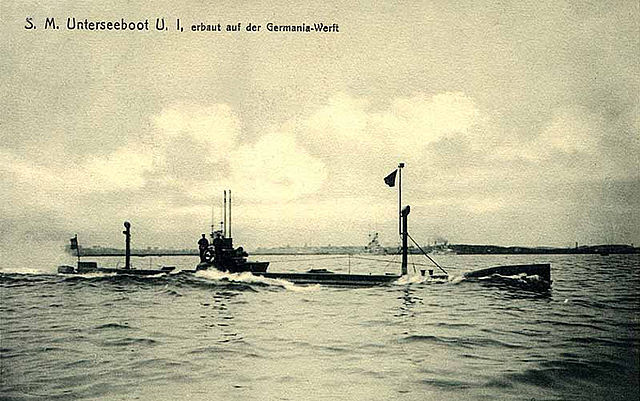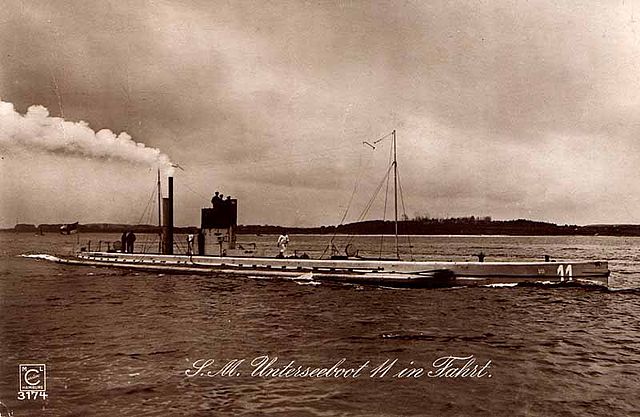Krupp, also known as Friedrich Krupp AG and later Friedrich Krupp AG Hoesch-Krupp after acquiring Hoesch AG in 1991, was the largest company in Europe at the beginning of the 20th century as well as Germany's premier weapons manufacturer during both world wars. From the Thirty Years' War to the end of World War II, it produced battleships, U-boats, tanks, howitzers, guns, utilities, and hundreds of other commodities. The company also produced steel used to build railroads in the United States and to cap the Chrysler Building.
The three rings were the symbol for Krupp, based on the Radreifen – the seamless railway wheels patented by Alfred Krupp. The rings are currently part of the ThyssenKrupp logotype.
ThyssenKrupp HQ in Essen
Stereoscopic image from Krupp's great exhibit of guns at the Columbian Exposition in 1893
An assortment of naval guns and field artillery pieces from the Krupp works in Essen, Germany. (Circa 1905)
U-boats were naval submarines operated by Germany, particularly in the First and Second World Wars. The term is an anglicised version of the German word U-Boot, a shortening of Unterseeboot, though the German term refers to any submarine. Austro-Hungarian Navy submarines were also known as U-boats.
U-995, a typical VIIC/41 U-boat on display at the Laboe Naval Memorial
The first German submarine, the SM U-1.
The German submarine U-14, showing the kerosene vapour trail.
Sea mines are loaded in a UC coastal submarine in the harbour of Zeebrugge








